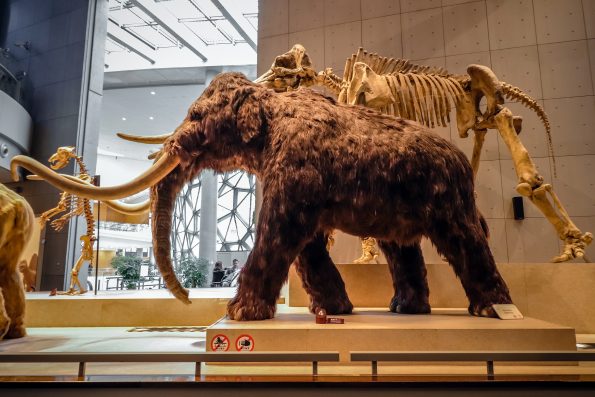For 52,000 years, the skin of a woolly mammoth has remained essentially freeze-dried in Siberia thanks to the region’s subarctic climate.
A team of international scientists was able to create a three-dimensional reconstruction of the mammoth’s chromosomes.
This feat had never been accomplished before for any ancient DNA sample. It provided insight into which genes were active in the skin cells when the mammoth was still living.
Shortly after it died, the mammoth underwent spontaneous freeze-drying. Its DNA was preserved in a dehydrated, glass-like state that allowed it to survive for thousands of years. In 2018, the remains were discovered in northeastern Siberia.
To reconstruct the mammoth’s genome, scientists extracted DNA from a skin sample that was taken behind the mammoth’s ear.
Then, they analyzed the sample using a method known as Hi-C that can identify which sections of DNA were positioned close together and interacting with each other when the animal was walking the Earth.
“Imagine you have a puzzle that has three billion pieces, but you don’t have the picture of the final puzzle to work from,” said Marc A. Marti-Renom, a co-author of the study, an ICREA research professor, and structural genomicist.
“Hi-C allows you to have an approximation of that picture before you start putting the puzzle pieces together.”
A map of the mammoth’s genome was produced based on the genomes of modern elephants. The analysis revealed that woolly mammoths had 28 chromosomes, which is the same number of chromosomes that Asian and African elephants have today.

Sign up for Chip Chick’s newsletter and get stories like this delivered to your inbox.


